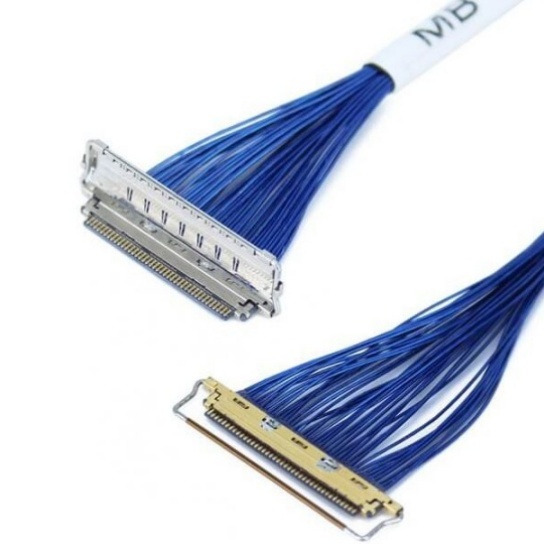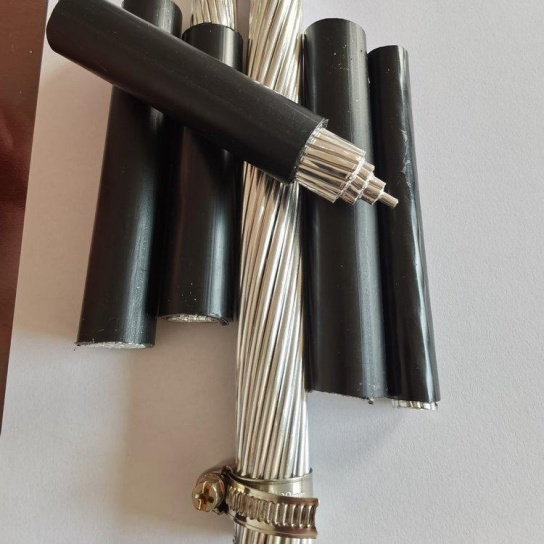aviation cable products
Product Overview: aviation cable Machine vision cables are specialized components designed to ensure high-speed, stable data transmission and signal integrity in automated imaging systems. Key features include: Technical Specifica.






